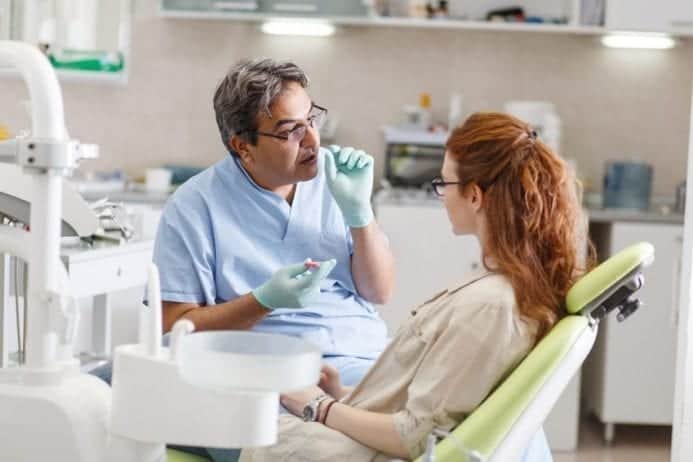
When you were a kid, were you afraid of going to the dentist? You almost definitely were. Most people get over it with time, but some don’t. In fact, quite the opposite can happen. Between 9% and 15% of adults actively avoid dental checkups and visits. This subset of the American population will avoid seeking treatment for dental issues even if they are in pain. That is the difference between anxiety and a phobia.
According to Dictionary.com, a phobia is “a persistent, irrational fear of a specific object, activity, or situation that leads to a compelling desire to avoid it.”
While dentist-related phobias aren’t the most common thing in the world, they aren’t exactly what you would call rare either. Iatrophobia, the fear of doctors, only affects about 3% of the population. Meanwhile, claustrophobia only affects 2.5% of the population.
Perhaps people really are that afraid of the dentist, but an alternative idea should be mentioned. Namely, there are too many factors involved to isolate ‘fear of dentists’ as a phobia. Here are a few examples.
- Horror Stories
Everybody has one. They’re embarrassing, frightening, and all around unpleasant to relive. Yet, we tell each other through every different media form how scary the dentist is. There’s no need for this. There’s a culture of fear surrounding the dentist. Why? - Bad Experiences
Well, people do have bad experiences with dental care. That’s not in dispute. Perhaps the problem is not so much the bad experience of dental visits, but the fact that it’s unavoidable. If you get sick or injured, (cold, flu, amputation, etc.), you go to the doctor and get it fixed. Going to the dentists can hurt. Sometimes more than the initial problem with your teeth. That is the nature of dental treatment. These bad experiences, though, are catalyzed public fear, making it much harder to cope with pain. - Social Anxiety
The average treatment time for Invisalign is only one year, and 96% of patients are satisfied with their treatment. Why do we even need Invisalign? Here’s a clue. An AACD survey revealed that 99.7 adults view having a healthy smile as socially important. Social anxiety causes young teenage patients to become averse to the idea of braces. Fear of social isolation, coupled with the omnipresent importance our society places on a bright smile, creates a compounding anxiety that we feel as fear.
The dentist’s office is an apprehensive place for many people, a place of severe anxiety for some, and a place of terror for others. Luckily, progress is being made on this front. Over 250,000 pediatric dental sedations are performed every year. This will help prevent those early ‘horror stories’ from happening to kids. Dental hygiene is definitely important. Demystifying and removing the stigma from dental care facilities is the first step to healthier teeth nationwide. Currently, about 60% of Americans have dental anxiety. This should lower over time as long as practices improve and education becomes more widespread.








